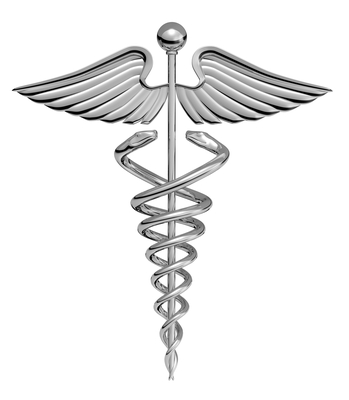Providing economic incentives for healthcare providers is one step in reducing costs and improving services. Some financial programs provide positive steps to workers by offering bonuses, debt assistance and on-the-job benefits. Other financial initiatives focus on changing behavior for an entire medical practice or hospital system. Either way, healthcare students should understand how their future income may be determined by current ideas on reimbursement.
Student Loan Repayment
Graduate training in medical sciences can cost hundreds of thousands of dollars, making it hard for healthcare providers to accept low-paying positions in rural or underserved areas. The federal National Health Service Corps offers student loan repayment services for medical, dental and behavioral health workers. By paying off tens of thousands of dollars in student loan debt, the federal government is providing a powerful economic incentive to draw healthcare providers to underserved areas. Prisons, military departments and Native American reservations also participate in the program, so physicians and dentists aren’t limited to rural areas.
Continuing Education Services
Most healthcare licenses require the completion of continuing education courses on an ongoing basis. These classes take practitioners away from patients and may require long commutes or weekend hours. One incentive for recruiting healthcare providers to your organization is offering paid, on-site continuing medical education (CME) courses. By bringing in speakers, providing time during the workweek to attend classes and covering the registration costs, you’re demonstrating a commitment to your employees and your patients. Plus, by choosing the topics for each class, you know your staff are learning relevant skills instead of taking a 10-hour class on treating tropical fish bites in Jamaica.
Salaries Linked to Reimbursement Rates
For large healthcare practices, it can be challenging to create investment in providers who receive a fixed monthly salary. To motivate top-notch performance, some practice managers are linking staff pay to performance goals. For example, doctors may receive a bonus if at least 75% of their insurance claims are paid out or dentists might earn extra pay if they complete all of their patient reports by a certain deadline. These incentives can be controversial, especially if they are tied to specific procedures, as patients may feel providers are promoting the most expensive treatments rather than the most effective options.
Episodes of Care
To keep rising medical costs low, some insurance companies are shifting to a lump-sum payment method for paying healthcare providers. For example, an orthopedic surgeon would receive a fixed rate for performing a hip surgery, regardless of any complications, infections or follow-up care the patient needed. This model incentivizes providers to deliver top-notch care t and patient education that minimizes the number of appointments needed. In Tennessee, this payment structure has already reduced Medicaid costs by 11.1 million dollars. For providers, learning how to work with this system of payment can lead to big payouts.
Pay for Performance
This type of economic incentive to general practitioners has been common in the U.K.’s NIH system for years and is gaining ground in the United States. Under a pay for performance reimbursement arrangement, providers receive bonuses based on their patients’ outcomes. Healthcare systems like hospitals may also be penalized for failing to achieve certain results for their patients. Paying physicians and dentists based on their ability to effectively treat patients can lead to big bonuses for the most effective providers.
Healthcare officials are constantly experimenting with the best ways to improve patient care and retain qualified providers. In a high-demand field like medicine, economic incentives for healthcare providers will always be necessary.
